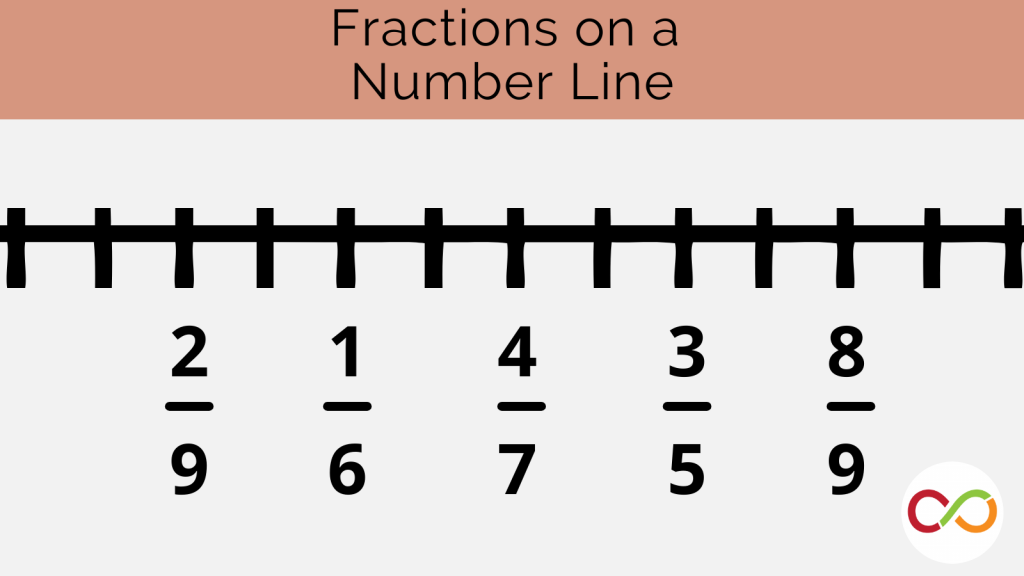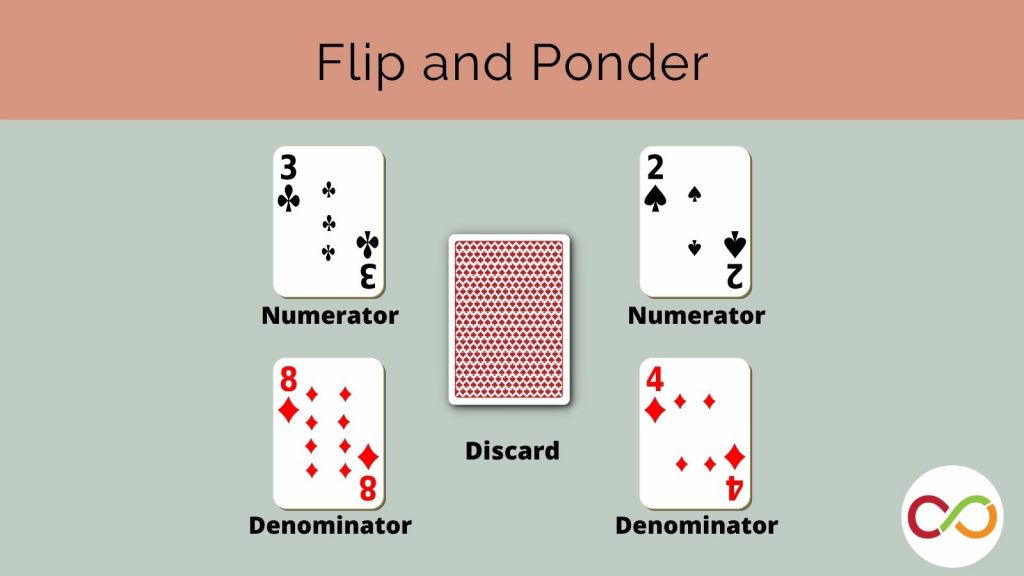Fraction War
Junior (Age 9 – 12)
Curriculum Goal
Junior: Number Sense
- Compare and order fractions (i.e., halves, thirds, fourths, fifths, tenths) by considering the size of the numerator and denominator.
Context
- Students work in pairs, either in class or in breakout rooms on a video conference chat.
- Students should have prior experience with conceptual properties of fractions, including equivalent fractions.
Materials
- In-person version
- Fraction cards (Appendix A)
- Fraction blocks/visuals
- Paper
- Pencil
Lesson
Junior:
- Divide the shuffled deck of fraction cards between players.
- Each player turns over two fraction cards.
- Players say the names of their fraction cards out loud and the player with the greatest fraction takes all four cards.
- Players can determine who has the greatest fraction by finding the common denominator or using visuals/manipulatives.
- In the event there is an equivalent fraction, each player deals out three more cards (similar to the game W-A-R). The fourth card is flipped. The player with the greater fraction collects all the cards on the table.
- Play continues until one player has collected all cards.
Look Fors
- Can students determine the value of the fractions on their cards?
- Can students determine whether fractions are equivalent?
- What strategies do students implement to determine the value of the fractions?
Extension
- The player with the smallest fraction wins.
- Add certain types of fractions to the deck to reinforce those fractions (equivalent fractions, simple fractions, mixed fractions, improper fractions).
- Include cards with fraction problems that students must solve to determine the greater fraction.
Created by Yara Salloum. Adapted by The Robertson Program.
Share this lesson
Share on facebook
Share on twitter
Share on email


